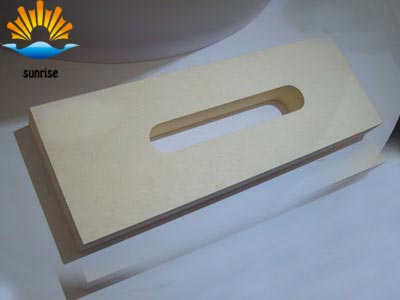Refractory knowledge
- The origin and development of refractory
- How to improve the insulation performance
- Lightweight fire brick performance
- Improve the service life of chrome corund
- Application of Lightweight Clay Brick in
- The impact of Sino-US trade war on the re
- How to Bake High Alumina Bricks
- The production process of Refractory Bric
Hot Products
Refractories in various parts of the use
In the glass industry, the quality of refractory materials is of great significance for improving the quality of glass products, saving fuel, prolonging the life of melting furnace and reducing the production cost of glass. Refractory materials are the material basis of glass furnaces and have a great impact on the overall kiln efficiency. They must be properly selected. Different parts of the pool kiln performance requirements of different refractory materials are also different. The basic requirements for refractories for glass melting furnaces are generally as follows. Sufficient performance is required. such as high temperature performance, chemical stability, hot and cold emergency stability, volume stability and mechanical strength. Pollution or minimal pollution Maximize service life No contact between refractory materials of different materials built up at high temperatures Reactivity and size Exactly as small as possible Heat and radiation losses Vulnerable parts made of high quality materials Other parts used General materials. Achieve "a reasonable package kiln age synchronization
Melting Department in contact with the glass of the site
Most glass-contact refractory materials are damaged by liquid-phase erosion dominated by diffusion. Soda lime glass has a liquid temperature of up to about 1500 ° C. The glass temperature of other glasses than soda lime glass may be higher or lower depending on the required viscosity characteristics of the glass and the composition of the glass. The most important property of refractory material for all glass-contacting parts is resistance to corrosion. The two properties of refractory interface stability and the tendency to produce stones are almost equally important. Interfacial stability means that the refractory material is partially eroded However, the surface of the refractory material is still intact and will not fall off and the glass will be defective.










